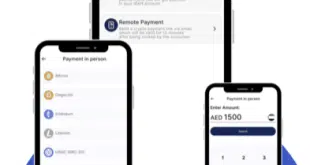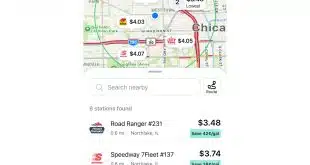A year ago this month, the onset of the coronavirus pandemic in the United States had overrun hospitals with Covid-19 cases, closed businesses and public places, and sent the Dow Jones Industrial average plummeting about 9,000 points to a level it hadn’t seen since the fall of 2016.
The economic disaster of business closings coupled with the human toll in death and sickness, led many viewers-with-alarm to predict another Great Depression as consumers who hadn’t caught the virus confined themselves at home and more restaurants, hotels, and stores struggled to stay solvent day by day.
So now, looking back over the past 12 months, we can get a true picture of what really happened and where we are now. Let’s take the second point first. The virus is still very much with us but vaccination efforts, though lumbering and clumsy (“botched” is the word headline writers seem to prefer), are ongoing, freeing more and more consumers and businesses to interact safely. The optimism stemming from this state of affairs has infected investors and fueled the stock market to new heights, with routine daily closings above 30,000.
So, no Great Depression II so far, though this verdict is not to underestimate the very real misery many Covid patients, families, and businesses have had to endure because of this fell disease.
What really happened? In this issue, we carry two stories that help put this matter in perspective for the payments industry. First, our cover story outlines how intrepid payments-technology providers and processors have weathered the pandemic by pivoting to new business models that better served clients struggling with drastically reduced business.
Sometimes, mere awareness was what these payments providers had to deal with. As Frank Pagano, co-founder and executive sales director at VizyPay told our reporter Peter Lucas: “A lot of merchants did not know payment technology was available that could make them more relevant and profitable.” In other cases, it was a matter of crafting strategies for niche applications. OLB, for example, devised an app that lets people who can’t work at home—such as hospital workers—order ahead at the cafeteria and pick up their meals without standing in line.
In our other story, “How Payments Is Embracing Blank Checks,” we outline how a buoyant stock market has helped some prominent payments companies cash in by going public via so-called blank-check firms, also known as special purpose acquisition companies. These SPACs have already done the IPO.
The key thing is that this SPAC trend—and hence this slick new way of tapping the public markets—wouldn’t exist without market optimism, and lots of it.
— John Stewart, Editor, john@digitaltransactions.net




